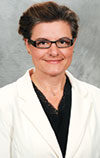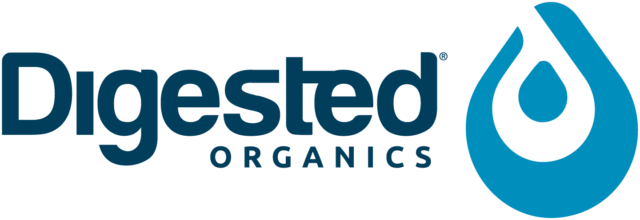While listening to a recent National Public Radio broadcast about women in leadership roles, the term “safe women” was mentioned multiple times. I was intrigued, irritated and then inspired to speak from the heart. During the interview, safe women were portrayed as women who can be counted on to do what is expected of them.
When safe women are offered a seat at the table to fill a demographic or diversity requirement, they know to show up, sit down and do not speak unless spoken to first. In other words, don’t rock the boat, be trainable, don’t think for yourself, and don’t ask questions. The term “token woman” fits this description much better than “safe woman.”
According to Fortune, the number of women appointed to Fortune 500 boards declined in 2016, and less than 28 percent of the new board seats on Fortune 500 companies were held by women. In agriculture, the numbers are even more unfavorable for diversity, with females accounting for less than 2 percent of total board members. The Environmental Working Group states that of the five largest commodity organizations representing corn, soybeans, wheat, cotton and rice growers, a meager 1.3 percent of board seats are held by women. Our dairy cooperative boards do not fare much better. The 2012 USDA Ag Census states just over 30 percent of the farmers in the U.S. are women; however, the number of women in leadership and decision-making roles in agriculture is incredibly disproportionate to the total number of women living and working in the agriculture community.
We need more women in decision-making roles in agriculture. In today’s fast-paced business world where change is the new norm, women are more suited to leadership positions than ever before. Effective leaders are open to change, inspiring and motivating with an agile ability to switch from one leadership style to another. Younger professionals have different requirements to create success in organizations. The demand for transparency is one example. Interactive leadership, often espoused by women, meets this demand and provides for the sharing of information and encourages collaboration and contribution from all stakeholders.
Women’s leadership is all encompassing and provides a more supportive leadership style through engaging and empowering people. Effective leaders must recognize the differences and unique contributions people bring to today’s workforce. Not only should they understand the differences, leaders must know how to foster individual strengths and differences to engage employees to put forth their best efforts and lead thriving organizations.
I say to the women of the dairy community, it is time to have the courage to stand up for what you believe in and live your lives as a testament to your faith, your love of farming and to your values and beliefs of hard work, dedication and service to your fellow dairy farmers. As Maya Angelou reminds us, be the change we want to see in the world. It is up to us to step up, introduce ourselves to the dairy community, demand answers to our questions and demand recognition as intelligent business owners.
Gracefully exhibit the example of an educated and empowered woman who knows her way around the dairy industry. When obstacles are placed in your path, see them as opportunities to learn, and turn challenges into teachable moments that hopefully create an easier path for the next woman to walk down. When offered the opportunity to lead, accept it with grace and show up. Be an unsafe woman; do not be predictable; do not be dependent on someone to guide your thought process. Think independently and demand accountability from others, and respect for your thoughts and ideas. Take your seat at the table, find your voice and speak with clarity and courage. ![]()

-
Somula Schwoeppe
- Dairy Producer
- Huntingburg, Indiana
- Email Somula Schwoeppe






